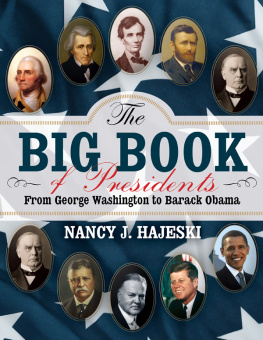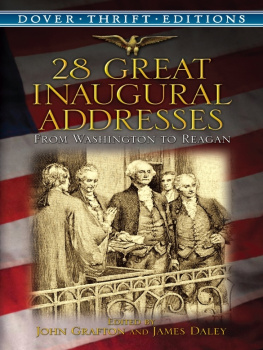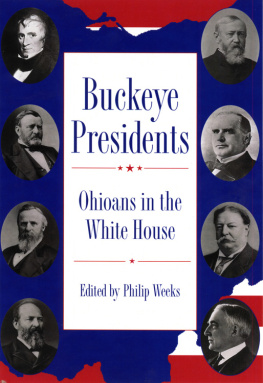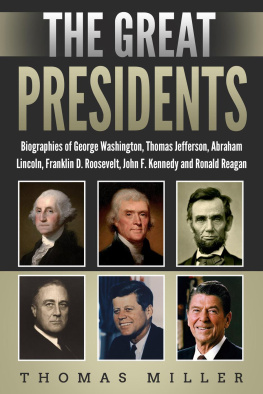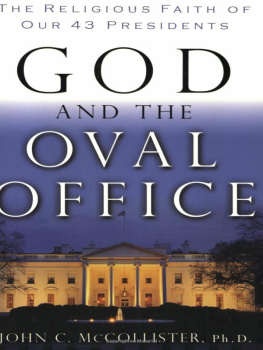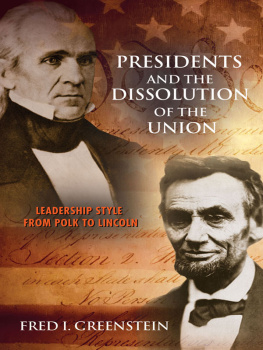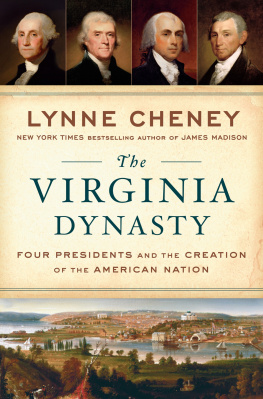Copyright 2015 by Nancy J. Hajeski
All rights reserved. No part of this book may be reproduced in any manner without the express written consent of the publisher, except in the case of brief excerpts in critical reviews or articles. All inquiries should be addressed to Sky Pony Press, 307 West 36th Street, 11th Floor, New York, NY 10018.
Sky Pony Press books may be purchased in bulk at special discounts for sales promotion, corporate gifts, fund-raising, or educational purposes. Special editions can also be created to specifications. For details, contact the Special Sales Department, Sky Pony Press, 307 West 36th Street, 11th Floor, New York, NY 10018 or .
Sky Pony is a registered trademark of Skyhorse Publishing, Inc., a Delaware corporation.
Visit our website at www.skyponypress.com.
10 9 8 7 6 5 4 3 2 1
Manufactured in China, October 2014
This product conforms to CPSIA 2008
Library of Congress Cataloging-in-Publication Data is available on file.
Cover design by Anthony Morais
ISBN: 978-1-62914-644-7
Ebook ISBN: 978-1-63220-203-1
Contents
Introduction:
The American President





Introduction:
The American President
T he president is the elected leader of the United States. The president represents the executive branch of the government, with the houses of Congress representing the legislative (lawmaking) branch and the Supreme Court representing the judicial branch. These three branches create a delicate balance of power. The chief executive is answerable to the other two branches, as they are answerable to the executive branch.

A Balance of Power
The nations founders never intended to place a leader for life at the head of the country. After breaking free of the British monarchy, they knew that it would be foolish to adopt the same system that they had fought so hard to shed. But at the end of the Revolutionary War, the United States was in real need of leadership. The country entered a financial depression, and several states began to talk about leaving the Union. With little power and little money, the Continental Congress, the first government of the United States, was not a strong governing body. In 1787 the Constitutional Convention addressed this problem by forming a government that gave greater executive power to one individual but also included a system of checks and balances to prevent misuse of that power.
A presidents hardest task is not to do what is right but to know what is right.
L YNDON B AINES J OHNSON
This new leader, unlike a king, queen, or other hereditary ruler, would serve for limited terms of four years. This revolution by voteallowing citizens to change whole administrations at regular intervalswas a radical notion. Many nations considered it a noble experiment but one doomed to fail. They believed that strong presidents would declare themselves monarchs for life, and weak presidents would be thrown out of office. Yet this experiment in democracy has worked for more than two centuries and shows no sign of faltering.
The title of president came from the Continental Congress, whose head was called President of the United States of America in Congress Assembled. This mouthful was usually shortened to President of the United States. The Constitution also established that the president must be a natural-born citizen at least 35 years old and must have resided in the country for 14 years.
Duties of the Office
The presidents duties are varied, but they are also surprisingly limited. The president appoints ambassadors, judges of the federal courts, and members of the cabinet, a group of advisors. The president cannot introduce laws but can make a yearly agenda known to the Congress with the annual State of the Union Address. As commander in chief, the president oversees military actions and plans strategy, but the ability to declare war is in the hands of Congress. Although the president is also able to shape foreign policy and make treaties, any treaties must pass the Senate by a two-thirds vote.
Presidential Benefits
The presidential family, or first family, makes its home in the White House and is entitled to medical care, transportation, and kitchen and housekeeping services. Agents of the US Secret Service protect the president and first family, whether at home or abroad. The president also receives a salary. George W. Bushs 2007 salary was $400,000 per year, technically less than Washingtons salary of $25,000, which translates in modern dollars to $566,000. Since 1959 all former presidents have received pensions, as well as travel expenses and mail privileges.
Two customized Boeing 747 airplanes fly the president wherever necessary. Whichever one carries the president is called Air Force One (as is any aircraft that carries the president). The personal presidential helicopter is known as Marine One. Since 1954 the presidents official musical anthem has been Hail to the Chief, played to announce the presidents appearance at public events.

Air Force One, the presidents plane, flies over Mount Rushmore.

Gerald Ford consulting his advisors in the White Houses Oval Office, where American presidents have conducted business since 1909.
Even presidents get to take vacations, and many return to their home states to relax. Others set up an informal White House at a favorite fishing, golfing, or hunting resort. The presidents official country retreat is Camp David in Maryland. Originally called Shangri-la by Franklin Roosevelt, it was renamed by Dwight Eisenhower, in honor of his grandson David. Presidents have also used Camp David to host foreign dignitaries, starting with Winston Churchill in 1943.
Beginning with Herbert Hoover, retiring presidents have established presidential libraries in their home states. These libraries contain documents, artifacts, gifts of state, and museum exhibits, and they also offer public programs.
Today the president is recognized worldwide as the leader of a major economic and military power. Let us hope that future presidents will continue to use this power for the good of America and of all nations.
The Founding Presidents


